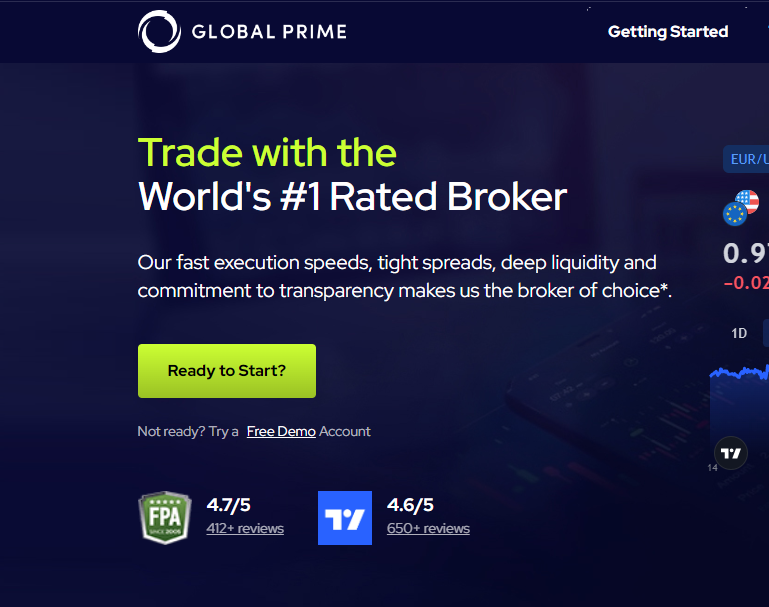Trading doesn’t have to be a nerve-wracking experience. One of the keys to achieving peace of mind as a trader is by mastering the art of money management. In this blog post, we’ll delve deep into 6 money management principles that will not only safeguard your capital but also help you trade with ease and confidence.
Why money management is important
Money management acts as a protective safety net, allowing you to trade without the constant worry of losing it all. It’s like climbing a mountain with a safety harness; you know you’re protected even if you stumble. By wisely allocating your capital and adhering to risk management principles, you’ll find trading becomes a much more stress-free and enjoyable experience.
Position Sizing
Position sizing is a crucial aspect of money management that demands careful attention. It involves determining the right amount of capital to invest in each trade while adhering to your risk tolerance.
A general rule of thumb is to never risk more than 1% of your total trading capital on any single trade. By adhering to this guideline, you not only protect your portfolio from substantial losses but also gain the flexibility to diversify your investments across multiple trades, reducing overall risk.
Manage risks effectively
While money management deals with the allocation of your trading funds, risk management is the technical side of protecting your capital. It involves setting up a robust defense system to safeguard your investments:
1. Defining Probabilities and Risk Analysis
Trading is a matter of probabilities. The best and simplest analysis is after the market is done with its move. The most important knowledge of the future is that we know nothing of it. The sun is going to rise tomorrow? Maybe! No one knows. The only way to trade, therefore, is by going with probabilities.
To make informed trading decisions, it’s essential to embrace the concept of probability risk analysis. This approach involves assessing the likelihood of success for each trade based on data, technical analysis, and market conditions. Instead of relying solely on emotions or instincts, you evaluate trades objectively by understanding their probability of success.
When buying a tradable assest, lookout to buy from support, from a test of trendline to see that the market is trending up, and that active buyers are in the market. Also make use of trading tools that vill suppot your trading decisions.
Likewise if you want to sell, make sure the market is trending downward, sell from resistance and find more confluence factors supporting your trading direction. The more confluence factors you can fin to justify your trades, the lesser your risks. Doing this analysis helps you to manage and reduce risks, while saving your trading capital.
2. Risk to Reward Ratio
Understanding the risk-to-reward ratio is paramount in money management. This ratio assesses the potential profit against the possible loss in a trade. Typically, traders aim for a risk-to-reward ratio of at least 1:2. This means that for every dollar you risk, you should have the potential to gain two dollars.
Maintaining a favorable risk-to-reward ratio helps ensure that your potential gains outweigh potential losses, enhancing your overall trading strategy.
3. Stop-loss orders (Setting Up Guards)
Your first line of defence in risk management is the placement of stop-loss orders. These orders should be strategically positioned at levels where the market could prove your analysis wrong. They should be based on market dynamics, not your own pain threshold or emotional reactions.
4. Trailing Stops (Adjustable Guards)
Market conditions can change abruptly. To adapt to unforeseen circumstances, employ trailing stops. Trailing stops move with the market, helping you lock in profits and limit potential losses, regardless of unexpected market swings.
5. Take Profits
Identify realistic points in the market where you plan to collect your profits. These points should align with key support and resistance levels. Please avoid setting unrealistic profit targets driven by greed. Such targets may never be reached, and chasing them can expose you to unnecessary risks.
Advanced Training
For those seeking to become masters of money and risk management, consider our advanced trading course available exclusively in our membership community. With plans starting at just $59 per month, this course offers an in-depth exploration of risk management techniques, providing you with the skills and expertise necessary to navigate the complex world of trading confidently.
Suggestions
What improvements would you like to see on our blog?
We value your insights and suggestions. Share your thoughts in the comments section below. Your feedback not only helps us improve but also contributes to the collective success of our trading community.
Summary
- Allocate your trading capital wisely.
- Never risk more than 1% on a single trade.
- Money management is your safety net.
- Risk management involves setting up defenses.
- Use stop-loss and trailing stops intelligently.
- Collect profits at realistic points.
- Explore our advanced training for trading mastery.







